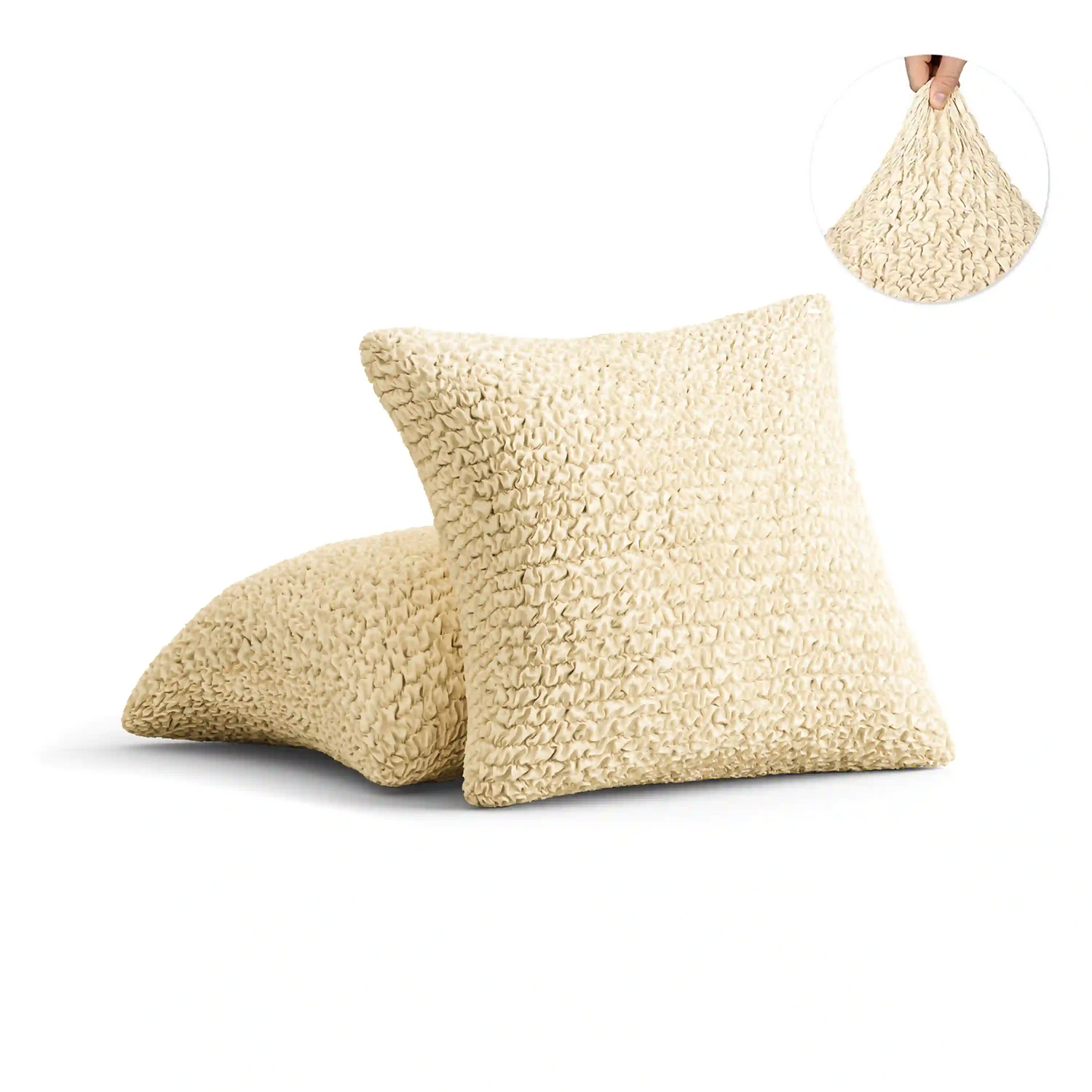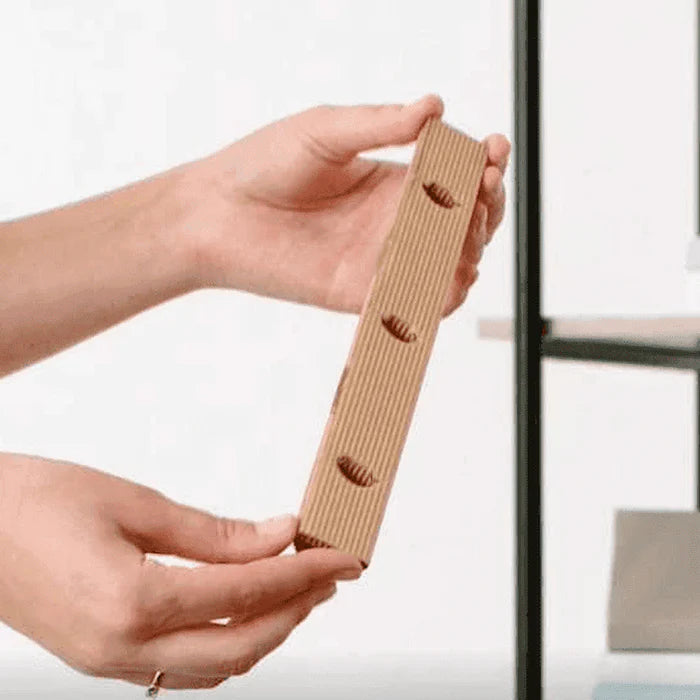Green design has been making waves in recent years, and it's not just a passing trend. It's becoming more and more mainstream as people become increasingly concerned about the environment and their impact on it. In this article, we will explore the benefits of green design and how it can help reduce our impact on the planet.
What is Green Design?

Green design, also known as sustainable design or eco-design, is the practice of creating products, buildings, and environments that are environmentally friendly. The goal of green design is to minimize the negative impact that human activities have on the environment while still meeting our needs.
Green design takes into account the entire lifecycle of a product, from the extraction of raw materials to the disposal of the product at the end of its life. It considers factors such as energy efficiency, material selection, waste reduction, and water conservation.
Benefits of Green Design
Green design offers numerous benefits, both for the environment and for people. Here are just a few of the many benefits of green design:
-
Reduces carbon footprint - Green design reduces the amount of carbon emissions that are produced during the manufacturing, use, and disposal of products.
-
Saves energy - Green design promotes energy-efficient practices and technologies, which help to reduce the amount of energy used in homes, buildings, and products.
-
Improves indoor air quality - Green design focuses on using non-toxic materials, which can improve indoor air quality and reduce the risk of health problems.
-
Conserves natural resources - Green design reduces the amount of natural resources used in manufacturing and construction, which helps to conserve them for future generations.
-
Saves money - Green design can help to lower energy bills, reduce maintenance costs, and increase the lifespan of products, which can save consumers money over time.
Green design is no longer just a buzzword, it has become a mainstream concept that has taken the world by storm. With the increasing focus on sustainable living and environmental conservation, more and more people are turning towards eco-friendly and sustainable design practices.
At our company, we believe that green design is not just an option but a responsibility towards the environment. We are committed to creating designs that are not only aesthetically pleasing but also sustainable and environmentally conscious. In this article, we will explore the benefits of green design, its impact on the environment, and how it has become a mainstream concept.
Why green design is important?
Green design is important for a number of reasons. First and foremost, it helps reduce the impact of construction on the environment. Traditional construction methods rely heavily on the use of non-renewable resources and energy, which contributes to greenhouse gas emissions, air and water pollution, and climate change. Green design, on the other hand, uses sustainable materials and energy-efficient technologies that reduce the impact on the environment.
In addition, green design can help improve the health and well-being of occupants. By using materials that are non-toxic and free of harmful chemicals, green buildings can help reduce indoor air pollution and create a healthier indoor environment. This can lead to increased productivity and reduced absenteeism among employees.
The impact of green design on the environment
Green design has a significant impact on the environment. By using sustainable materials and energy-efficient technologies, green buildings can reduce the amount of energy consumed and the greenhouse gases emitted during construction and operation. This can help slow down the rate of climate change and reduce the carbon footprint of buildings.
In addition, green buildings can help conserve natural resources such as water and reduce waste. By using technologies such as rainwater harvesting, greywater recycling, and composting, green buildings can reduce the demand for freshwater and reduce the amount of waste generated.
How green design became mainstream

Green design has come a long way since it first emerged as a niche concept. In the past, green design was often associated with high costs and low aesthetics, which made it unattractive to many consumers. However, with the advent of new technologies and materials, green design has become more accessible, affordable, and aesthetically pleasing.
In addition, governments around the world have recognized the importance of green design and have introduced regulations and incentives to encourage its adoption. For example, many countries have introduced building codes and standards that require buildings to meet certain energy efficiency and sustainability criteria. This has helped create a market for green buildings and made them more mainstream.
Conclusion
Green design is no longer a niche concept, it has become a mainstream practice that is gaining momentum around the world. By using sustainable materials and energy-efficient technologies, green buildings can help reduce the impact of construction on the environment and improve the health and well-being of occupants. With governments around the world recognizing the importance of green design and introducing regulations and incentives to encourage its adoption, we are confident that green design will continue to grow and become the norm in the construction industry.




